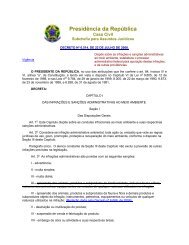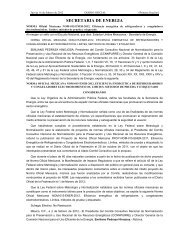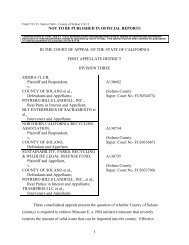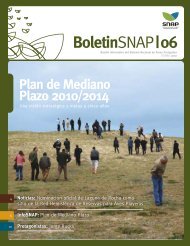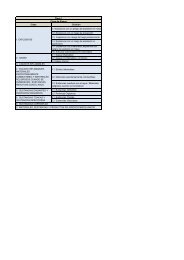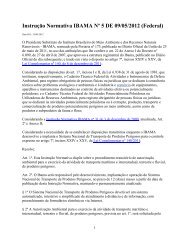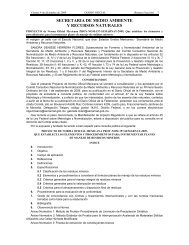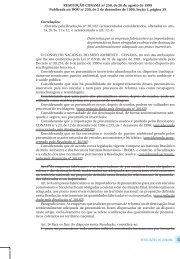OceAn science OceAn science OceAn science
OceAn science OceAn science OceAn science
OceAn science OceAn science OceAn science
You also want an ePaper? Increase the reach of your titles
YUMPU automatically turns print PDFs into web optimized ePapers that Google loves.
Research Priority 9: Apply understanding of environmental factors<br />
affecting marine operations to characterize and predict conditions in the<br />
maritime domain.<br />
Enhancing environmental observation, characterization, and forecasting of ocean and<br />
waterway conditions (e.g., currents, turbidity, surface waves, sea-ice extent, lake levels,<br />
biogeochemical conditions) across the global ocean (open ocean, coasts, coastal watersheds,<br />
and Great Lakes) is necessary for safe and efficient marine operations. Increased<br />
precision in forecasting marine conditions (e.g., improved real-time, ocean-current<br />
models; storm-surge projections, in conjunction with efforts to address natural hazards)<br />
will promote safe and efficient operations, including transportation, military operations,<br />
and search-and-rescue efforts, and will minimize negative impacts on marine operations<br />
and the environment. Technologies (e.g., robust sensors and infrastructure, autonomous<br />
vehicles) must be developed to enhance data collection in all weather conditions to support<br />
high-spatial-resolution and near-real-time forecasting throughout the open ocean<br />
and coastal zone.<br />
Research Priority 10: Apply understanding of environmental impacts and<br />
marine operations to enhance the marine transportation system.<br />
As commerce increases, the capacity of the marine transportation system must also increase<br />
through improved waterway traffic mobility and safety, enhanced port operations<br />
and productivity, expanded capabilities (e.g., short-sea shipping, higher-capacity vessels),<br />
and reduced congestion. Effective seaport planning, including port development, expansion,<br />
or modification and coordination with land and air transportation routes, and waterway<br />
improvements, must incorporate environmental impacts, social and economic drivers,<br />
and operational needs. Social and economic assessments that address human demographics,<br />
land use, income, and output must be developed and incorporated into risk assessments<br />
and models that address environmental impacts of marine operations (e.g., benthic<br />
disturbance, contaminant releases, impacts from invasive species) and operational requirements<br />
(e.g., port and waterway depth and capacity). These models can be used to design<br />
the safest and most effective and environmentally sustainable mechanisms to expand the<br />
operational capacity of the marine transportation system.<br />
26




